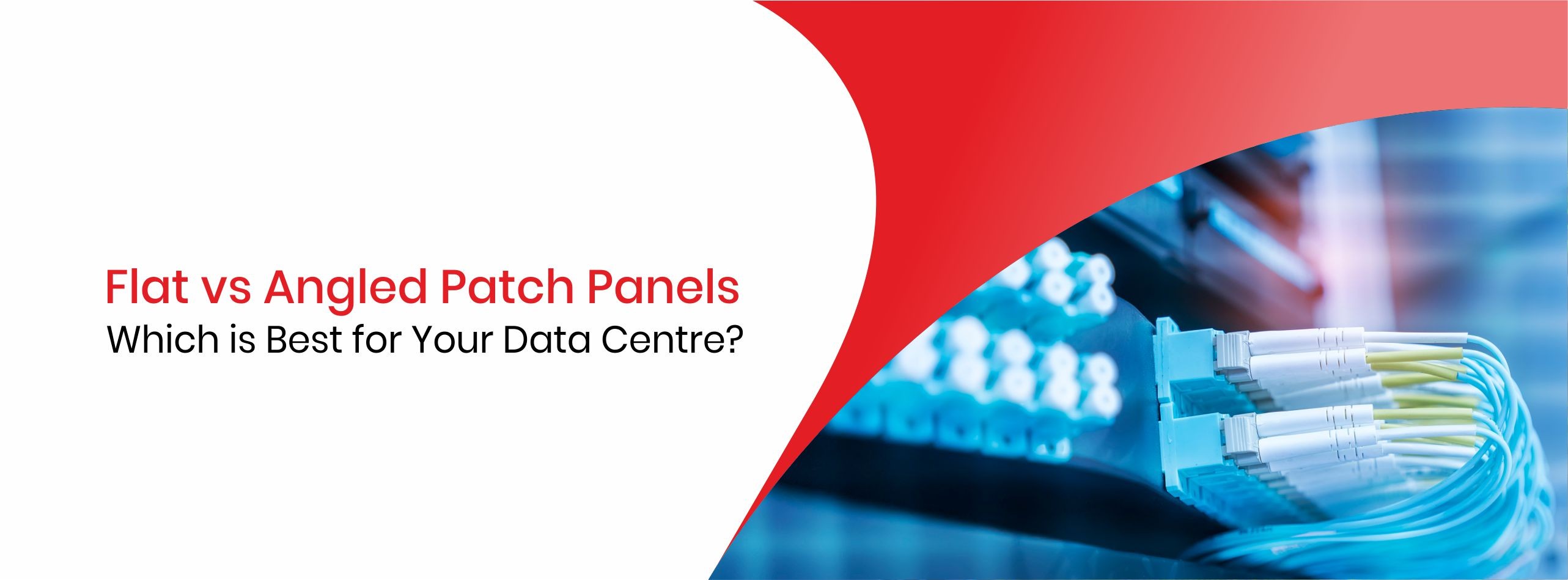Fill out your details and our executive will get in touch with you soon.











































































































































With the digital transformation that is happening around us, now demands the requirement of high-speed internet for smooth flow of data. Maximum connectivity is now coherent with the speed of data transmission, and this is possible only through data cables that offer the same. In this blog, we are going to learn more about one such data cable - Cat 8 Ethernet cables.
Cat8 is the newest form of IEEE Ethernet cable made up of copper. It has significant changes in the transmission when compared to the earlier versions of Cat7 and Cat6A Ethernet cables. It uses RJ45 connectors and is compatible with earlier versions of connectors as well. The major difference between Cat8 Ethernet cables and their predecessors is shielding. The shielding can be in a shielded pair or a shielded twisted pair in the cable jacket. It also uses a layer of conductive material to protect the cable from electromagnetic interference. This helps with higher data transfer speeds and helps reduce errors. The twisted pair Cat8 Ethernet cable is wrapped in foil to reduce the crosstalk, making it twice as effective. The negative of the same is that Cat8 Ethernet becomes rigid and inflexible and difficult to accommodate in tight spaces.
Cat8 Ethernet cable requirements come mostly from space, where there is a need for high data transmission speeds. Therefore, it is most fitting to be used in data centers and server rooms. The RJ45 connectors of Cat8 Ethernet cables make them adaptable to any type of network equipment. If a business is expecting a huge expansion, then it will be cost-effective for them to upgrade their transmission cables from Cat6 or Cat7 to Cat8 Ethernet cables. The transmission speed offered by Cat8 cable is 2 billion signals per second. It can be a necessary upgrade from all the previous versions of CAT cables. The performance of Cat8 cables is promising and far better than Cat7 cables, which makes them indispensable for business applications that are in demand for substantially higher bandwidth.
Norden Communication gives you Cat8 Ethernet cables, which are made of copper, a cable strain relief boot, and a plug latch protection cap. It is usually telecommunications and other communications circuits like audio, data, or voice. It has transmission frequencies of 2000 MHz.

















